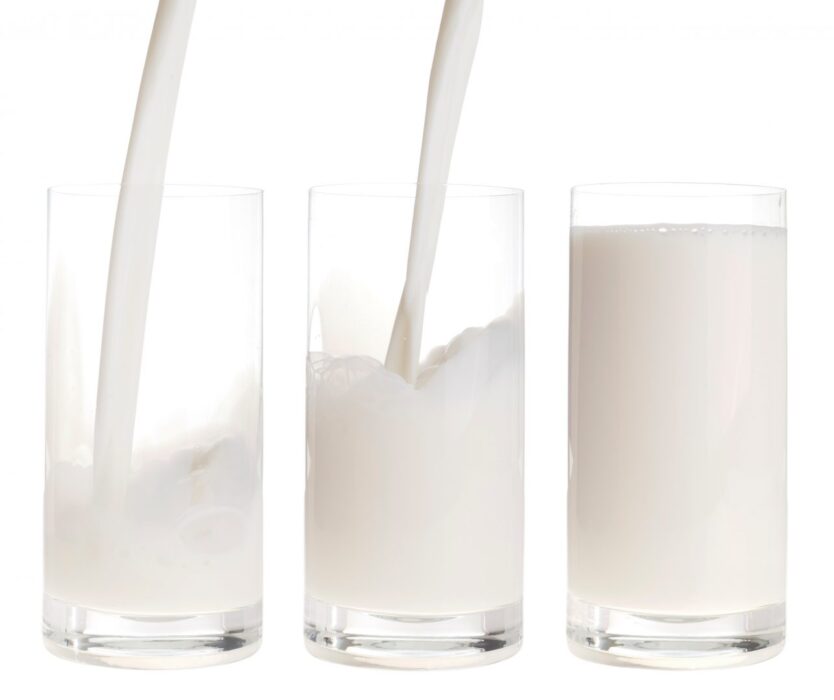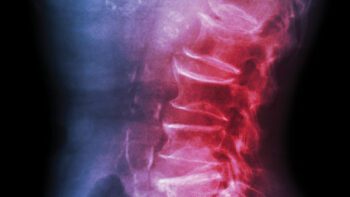
Calcium for Bone Health
No matter your age, we all can reap the benefits of incorporating the recommended amount of calcium in our diets. The recommended intake may shift depending on our age, but it remains a constant necessity throughout our lives.
The bones that make up your skeleton are made up various minerals, including calcium. Without calcium, bones are weakened and have less density which might lead to osteoporosis. This means an increase risk of fractures, including spinal fractures. To keep those bones strong, it is necessary to replenish them with sufficient calcium intake. A doctor or nutrition professional can help you determine the appropriate amount of calcium you need.
So what foods can you include in your diet to make sure you get the calcium you need for bone health?
Milk, Cheese, & Yogurt
This one is probably not a surprise. Dairy products reign supreme in getting you the calcium your body craves. A glass of milk has about 299 mg of calcium, a slice of cheese has about 307 mg, and a container of fruit yogurt is about 313-384 mg of calcium. Alternatives to milk and dairy products have been gaining popularity in recent years, but if you are switching to almond, soy, or other varieties of milk, make sure to supplement your calcium intake in other ways. Calcium-enriched alternative milk options may be available as well.
Green Leafy Vegetables
This includes kale, bok choi, and broccoli. Kale has been an increasing popular vegetable in recent year that has 100 mg of calcium, bok choi has 74 mg per cup, and broccoli has 21 mg of calcium for ½ a cup. Add these vegetables to a salad at lunch and/or dinner to easily include more calcium in your diet. Eating green leafy vegetables would also be a great alternative to those who are unable to consume dairy products.
Fortified Foods
You might have noticed the label on some of the foods you purchased already, including orange juice (261 mg a glass) and cereal (100-1,000 mg per cup). These products are to help you meet your nutritional needs.
References:
- Evert, A. (2013, February 18). Calcium in diet. Retrieved from Medline Plus website: http://www.nlm.nih.gov/medlineplus/ency/article/002412.htm
- Calcium. (n.d.). Retrieved May 6, 2015, from http://www.iofbonehealth.org/calcium website: http://www.iofbonehealth.org/calcium
- Institute of Health Office of Dietary Supplements. (2013, November 21). Calcium. Retrieved 6, 2015, from National Institute of Health website: http://ods.od.nih.gov/factsheet/Calcium-HealthProfessional/



